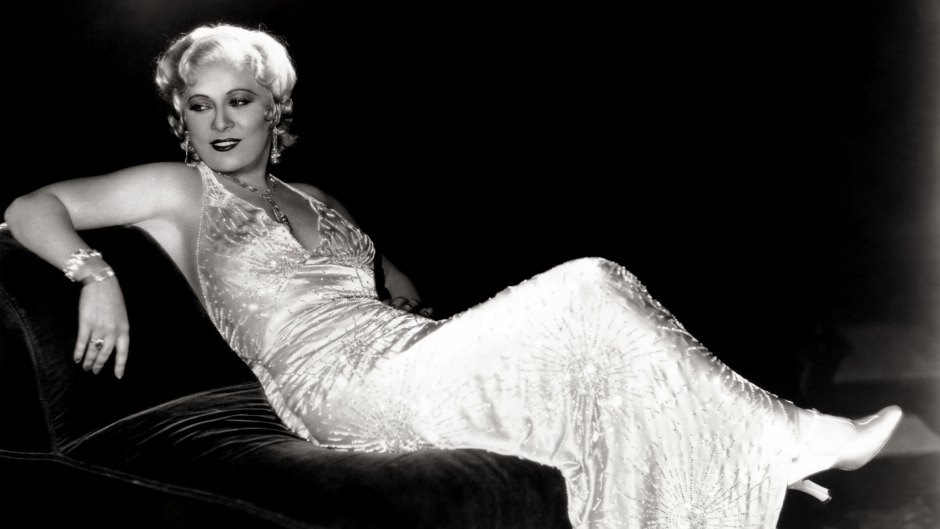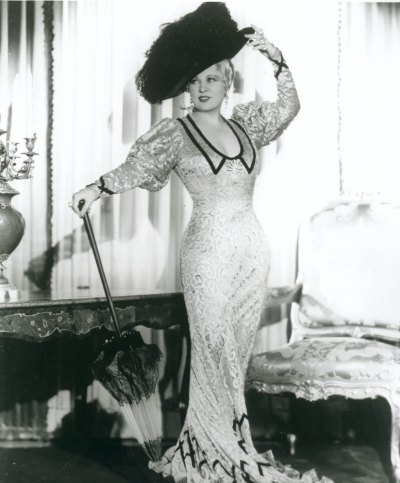
Paramount/Kobal/Shutterstock
Mae West Used Her ‘Dangerous Art’ to Challenge ‘the Double Standard That Women Are Subjected To’
Mae West liked to be seen. As a precocious 7-year-old, she stepped onto the stage at the Royal Theatre in her native Brooklyn, New York, for a talent contest and immediately caused a fuss.
“I looked up angrily at the spotlight man in the balcony, stamping my foot. ‘Where is my spotlight?’” she wrote in her autobiography. “I stamped it again and the spotlight moved across the stage onto me.”
She won the contest. And Mae ensured the spotlight stayed on her for the rest of her life — one way or another. She’s best remembered as a glamorous, ribald actress who easily tossed off one-liners like, “Between two evils, I always pick the one I never tried before.”

But Mae remained a magnetic figure into her 80s, largely because of her less-known work behind the scenes. She stayed laser-focused on cultivating her image and began writing plays to suit her — two of which got her arrested on obscenity charges!
“It wasn’t just about fame. It was about getting that dangerous art out there and interrogating what society thinks about women and the double standard that women are subjected to,” Jill Watts, author of Mae West: An Icon in Black and White, tells Closer.
Still, whether she was demanding to wear silk in jail, starring with Cary Grant in Hollywood, or breaking new ground as one of the first stars to perform in Las Vegas (surrounded by bodybuilders!), Mae was always irrevocably her bold self. “I created myself,” she once said. “I didn’t turn out exactly this way all at once. In the beginning, I did some tinkerin’.”
For the daughter of a former corset model and a prizefighter, the tinkerin’ really began on the vaudeville stage at 14. Three years later, she married fellow entertainer Frank Wallace, but soon regretted it.
“Being married was a liability in her era for a woman who wanted to work,” Watts says. Mae soon left him, and while she joked she never remarried because “I found too many Mr. Rights,” there was another reason. “A woman becomes a different person when she gets married,” Mae said. “She lives for her husband and her family. I wanted to live for myself.”
Mae began writing plays as Jane Mast in 1926. In her first, Sex, she starred as a waterfront prostitute, and the play landed her in jail for eight days for “indecent performances.” Not cowed, Mae demanded of the warden, “I want to wear my silk underwear!” She wrote plays through the Depression, including Diamond Lil, a bawdy character that took her to Hollywood, where she starred in She Done Him Wrong with an unknown Cary Grant.
“If he can talk, I’ll take him,” she said after seeing Cary on the studio lot. Hollywood made her rich; she earned almost as much as William Randolph Hearst. As she aged, Mae never slowed down, reinventing herself on the stage to play Catherine the Great and then opening a review in Vegas, where she met Paul Novak, a bodybuilder who became her companion until her death at 87.
“He stayed loyal to her and understood her,” says Watts. “I think he was the love of her life.” In one of her last interviews, the unforgettable star summed up the secret to her long, full life: “Everything’s in the mind,” she said. “Knowing what you want is the first step toward getting it.”
Mae West always knew she wanted that spotlight. And she got it.







































